Design flare: Shimano GRX Di2 goes 12sp, adds flare-optimised hoods and satellite shifters
Added button functionality brings Shimano’s flagship gravel groupset into the modern age
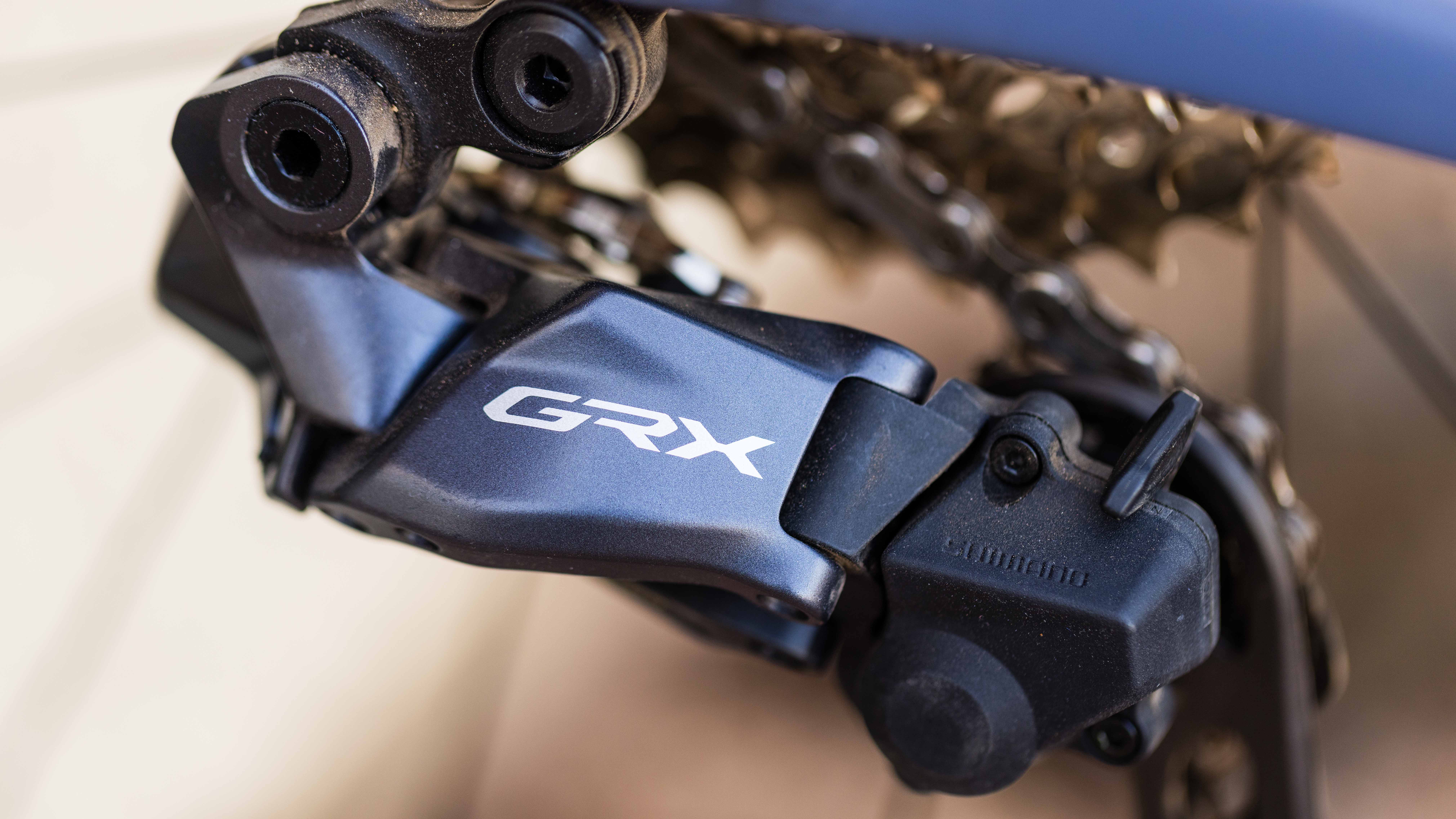
Shimano GRX is very much a well-established part of the gravel scene now, and while last year saw the launch of a cabled 12-speed GRX, we are now seeing the launch of a 12-speed Di2 version. The headline changes are, beyond the addition of an additional sprocket, a revised hood design to better mesh with flared bars, and added button functionality as well as the ability to use satellite shifters.
Like Dura-Ace, Ultegra, and 105, the new GRX Di2 (RX825 in Shimano coding) is semi-wireless, with wireless controls at the hoods, but a hardwired connection between the battery and the front and rear derailleurs. While we have seen a patent recently for a fully wireless, 13-speed Shimano groupset, it is at least now clear that this wasn’t a new GRX.
For ease, the new componentry has been broken down into its constituent parts.
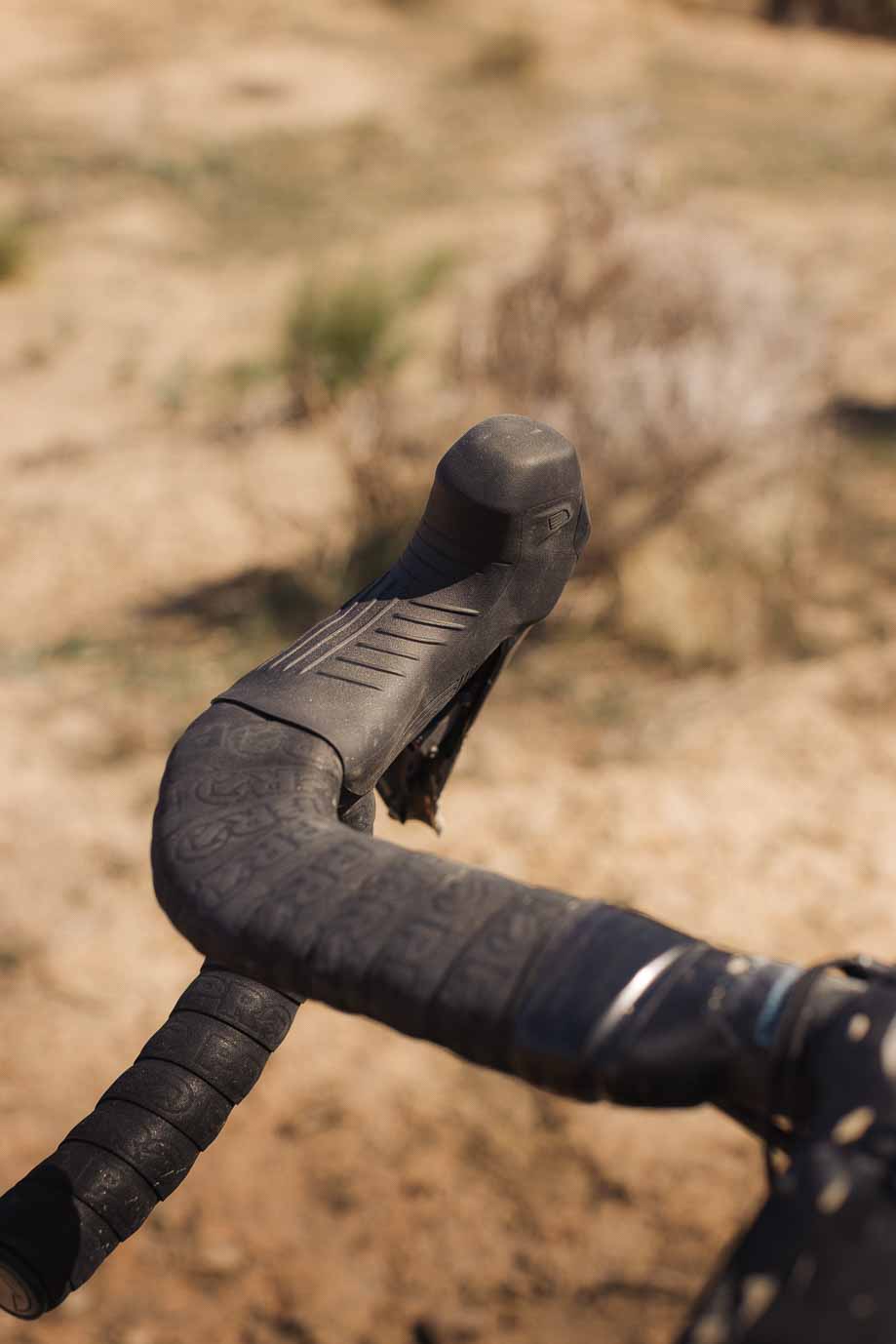
Hoods
At first glance, you’d be hard-pressed to find the differences between the new hoods and the old Di2 ones from the 11-speed groupset. The 11-speed hoods were universally popular in our experience, and it seems Shimano has seen little point in overhauling something that people like.
The same ribs exist on the hood covers for improved grip on rough terrain, and the ‘pommel’ still features that characteristic, almost hooked back peak to it. It is however larger in diameter, to create a smoother transition from bar to shifter and reduce pressure points.
The anti-slip coating on the lever remains, too, and the lever still kinks out more than road levers do, to better work with flared bars. The thumb button on the upper inside of the pommel peak is still there, to work as a satellite shifter, or to control computer screens. As per the cable groupset, the hoods are designed to be flat when mounted to flared bars.
A novel addition to the hoods is a battery level indicator light on the top of the shifter pommel at the front, so you can easily see when you need to replace the coin cell batteries that power the shifters.
Get The Leadout Newsletter
The latest race content, interviews, features, reviews and expert buying guides, direct to your inbox!
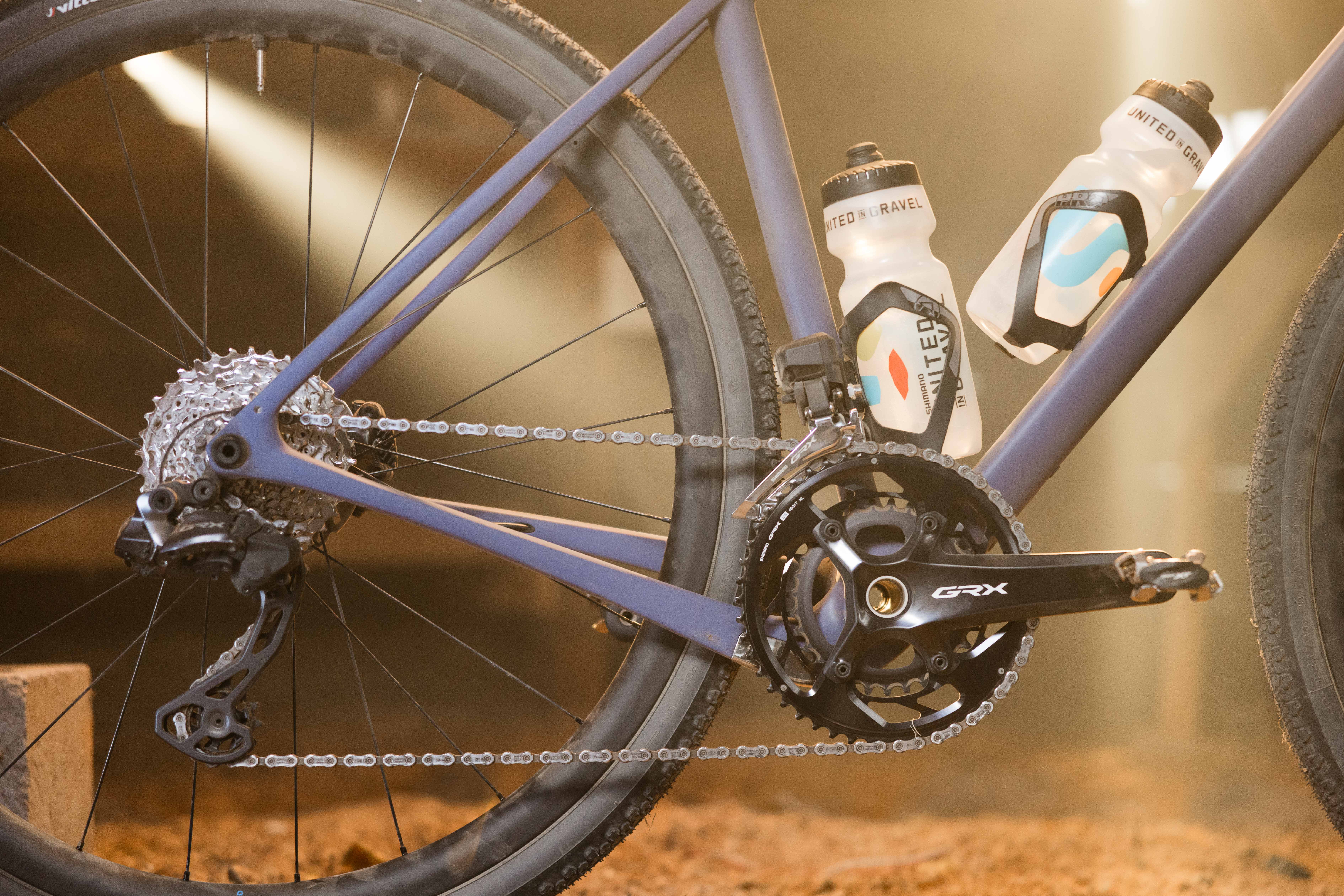
Chainset and gear ratios
Gearing is now 2x12, but as this groupset shares the cranksets that come with the cable-actuated 12sp GRX, it stands to reason that the current 1x crankset on offer for cable users would be compatible with the Di2 version. This isn’t mentioned in the press material though.
The 12sp Di2 chainset is the same as the 12sp cable model, with the same 48/31 tooth setup that the current 11sp offers, as well as being compatible with the smaller 46/30 chainset from the 12sp cable actuated GRX. The new chainset itself is similar looking to the current 11spd model but has more material machined out of the outer chainring.
Cassette options are either an 11-36t or an 11-34t option, depending on whether customers want a greater range or tighter spacing. These are the same parts as seen on the cable groupset.
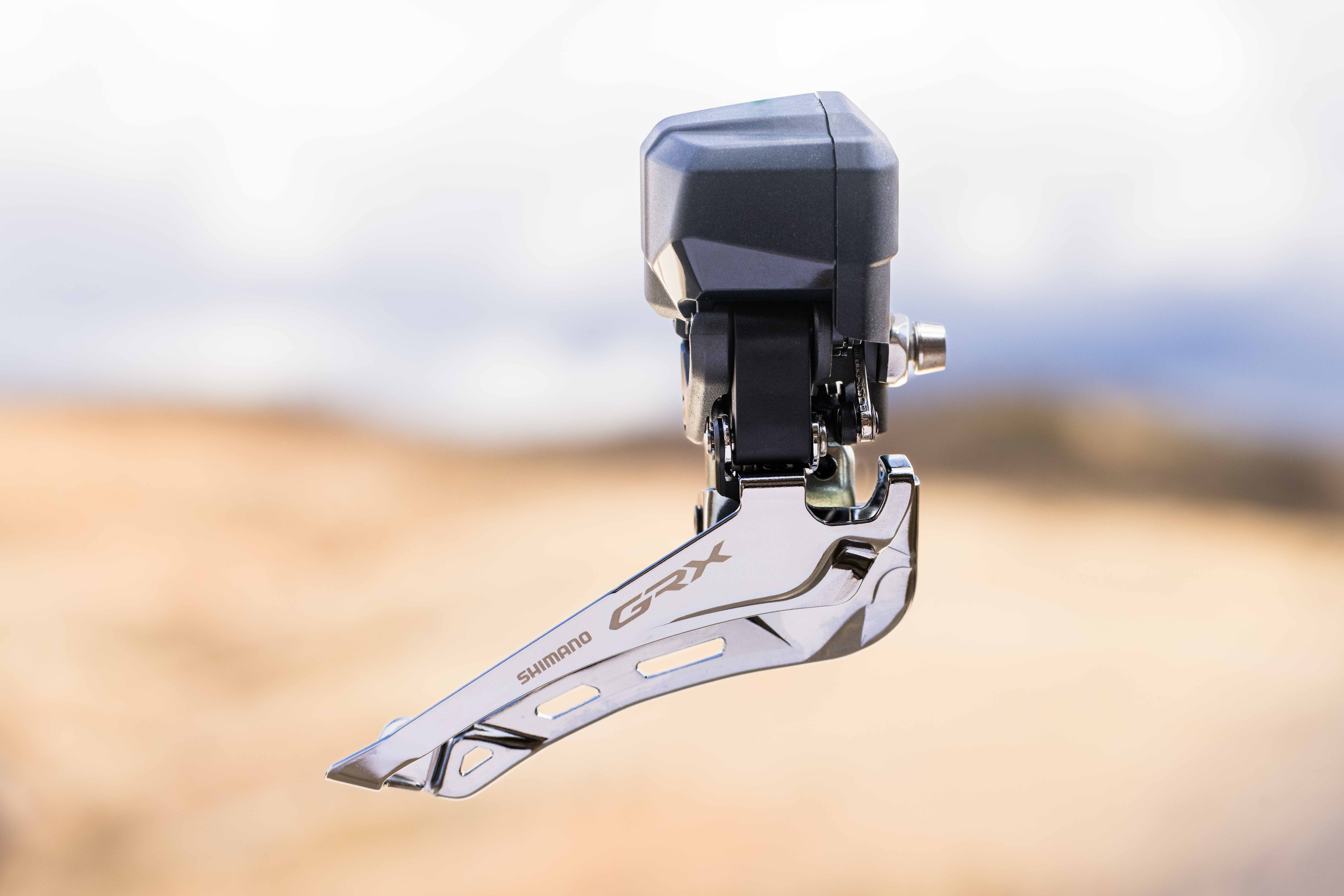
Front derailleur
The front derailleur again bears a striking resemblance to its forebear. The chainline remains 2.5mm greater than on the road for slightly improved clearance. The front-facing panel of the main motor unit is no longer silver, but all black, and the inner plate has an additional cutout to shed some grams.
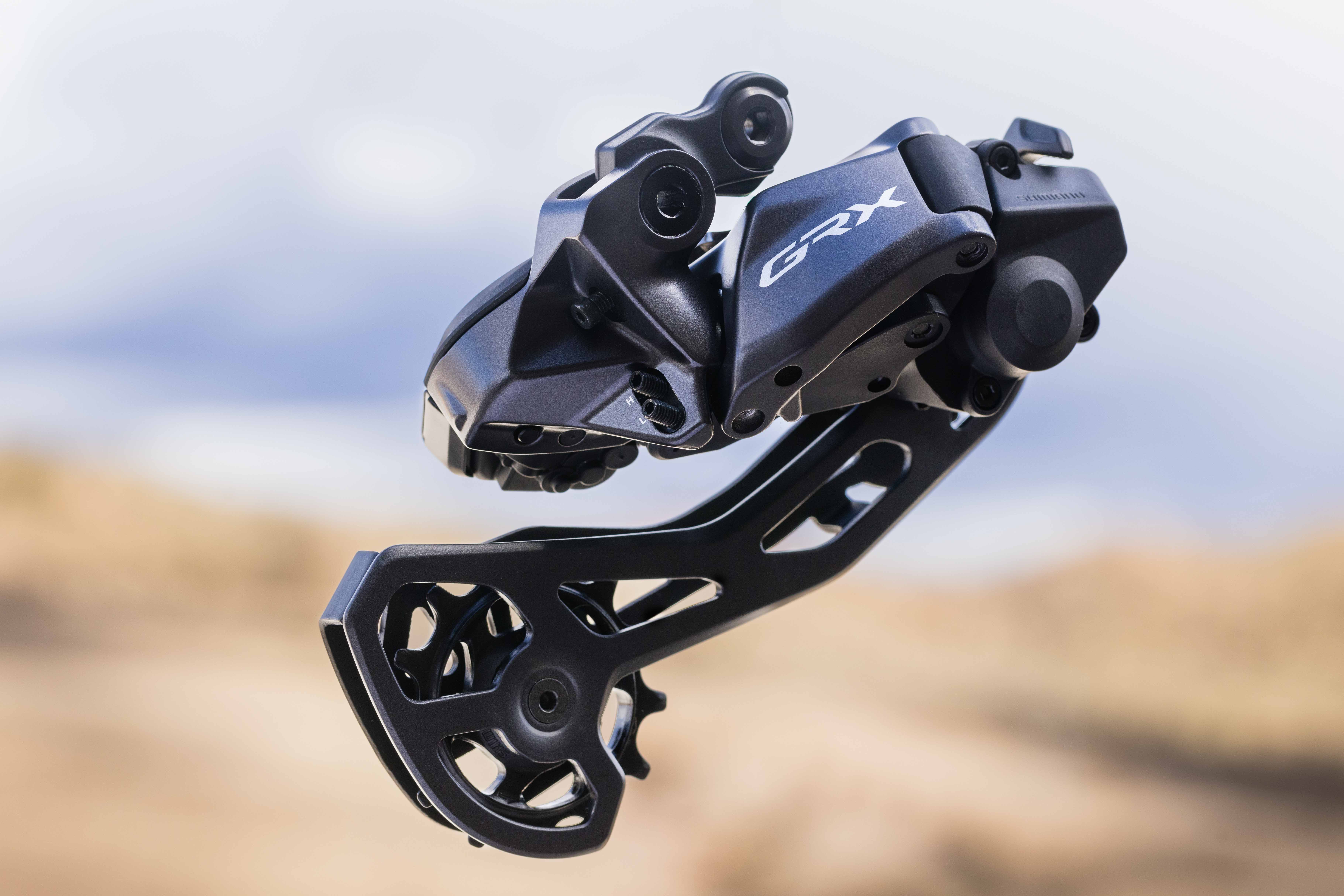
Rear derailleur
Oddly, the rear derailleur seems to have added material. No longer is the central parallelogram outer plate machined out, but is now solid. The whole thing is now all black, and features the same Shadow setup as before, with a switch for the clutch to make wheel removal easier.
The lower cage kinks backwards more drastically halfway down its length, has larger cutouts, and appears to have a larger bottom jockey wheel, again with larger cutouts in it. The charging port also remains on the backside of the rear derailleur, in keeping with the rest of the Di2 family.
The previous rear derailleur has a maximum 42t capacity, and while it isn’t listed it isn’t expected that this has changed.
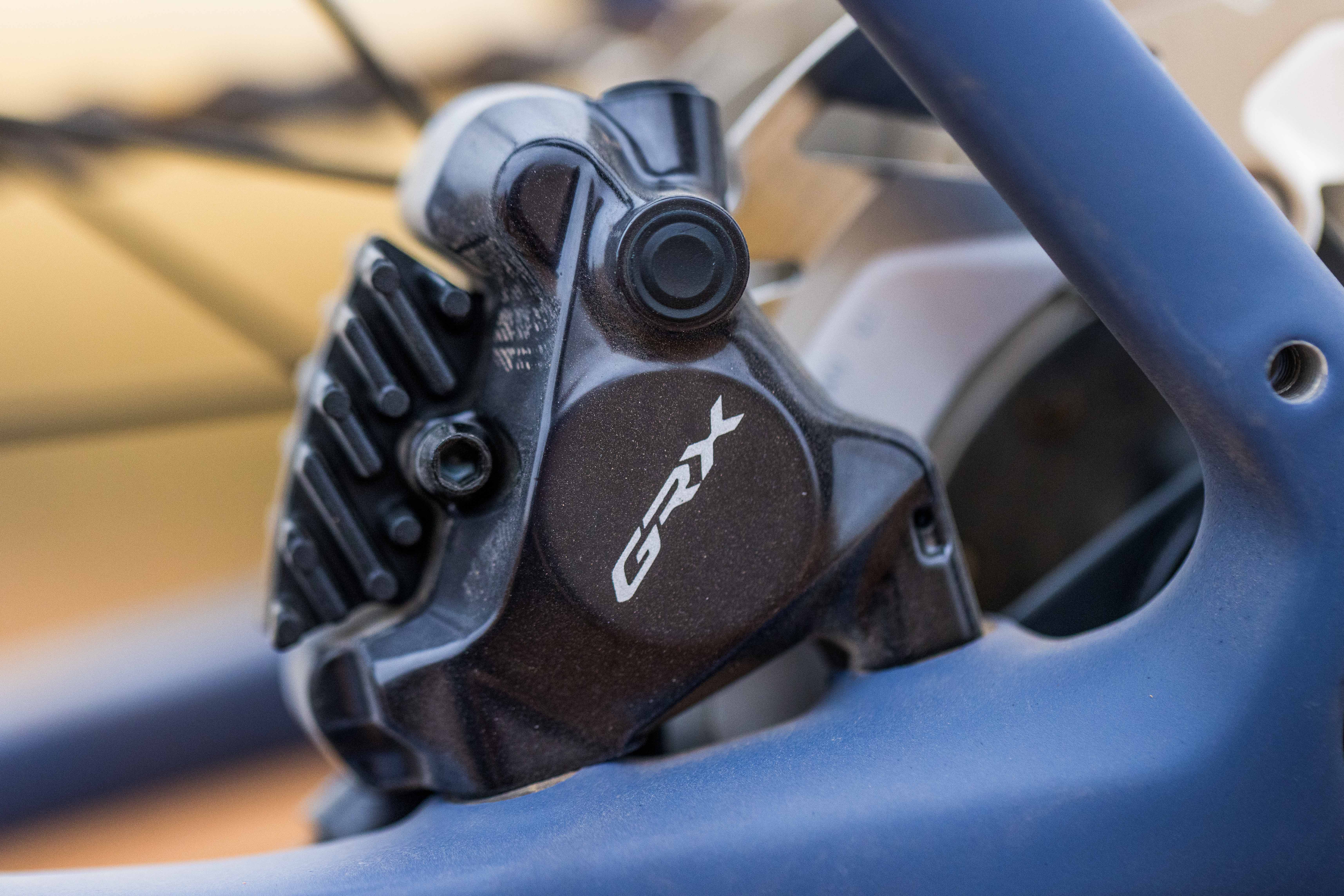
Brakes
The brakes are identical to those on the 12sp cable groupset. This means an upgrade over the current 11sp as the GRX BB-R820 callipers feature Shimano’s ‘Servo Wave’ brake tech, which spaces the pads more widely and takes up more of the pad movement in the initial lever stroke. This should reduce pad rub - something that is more common when riding off-road - and improve modulation.
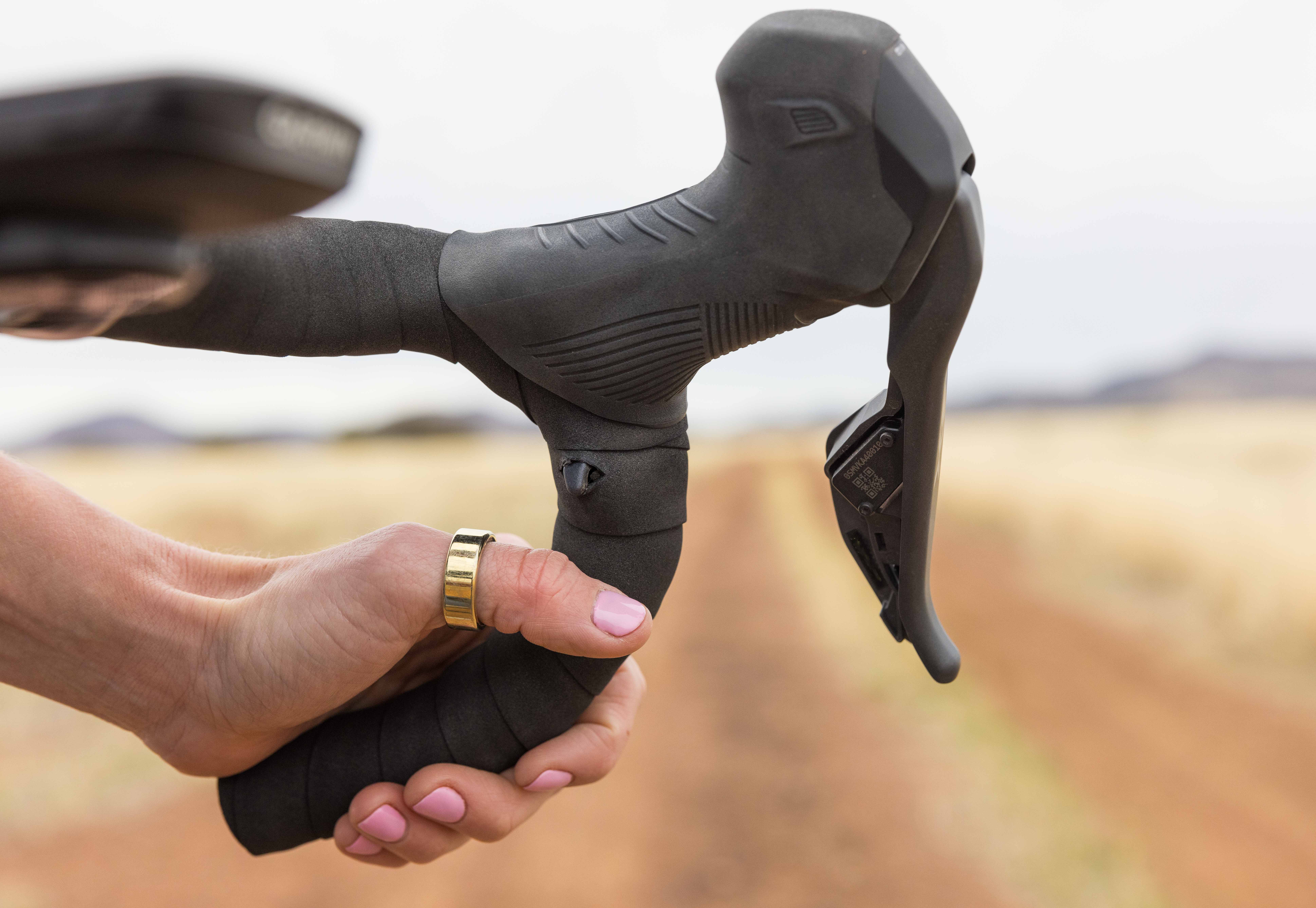
Button functionality and satellite shifters
This latest iteration of GRX Di2 is now compatible with satellite shifters, either on the bars or bar end for those gravelly riders who use TT bars. More than that though, the buttons on this groupset are now more programmable than ever.
Using Shimano’s E-Tube app, riders can assign one single button to shift the front derailleur in both directions, freeing up a button for other functions such as controlling computer screens, lap functions, or compatible lights.
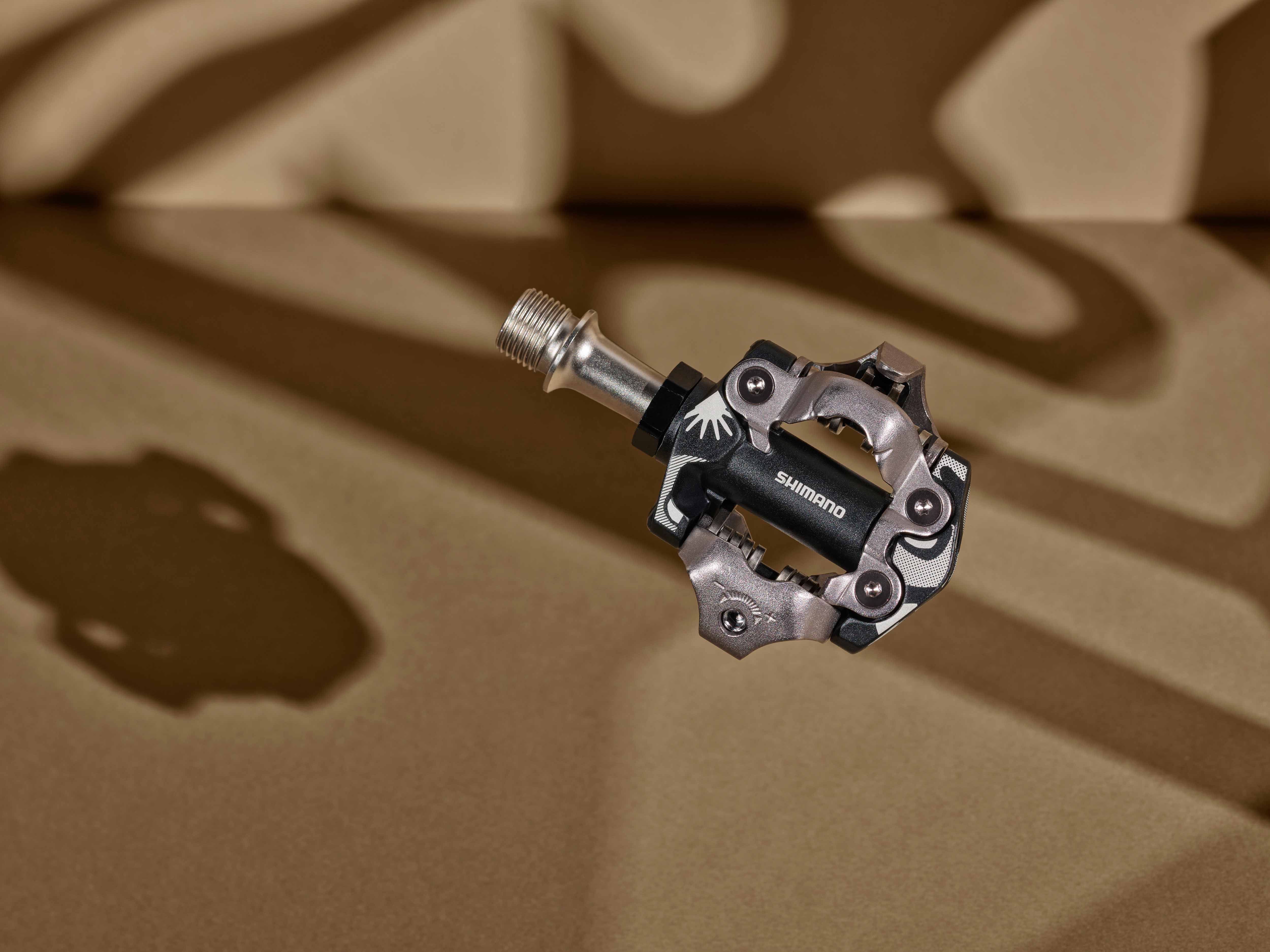
Pedals
Not new in terms of hardware, but new in terms of visuals; the new GRX Di2 also coincides with a GRX edition of the PD-M8100 pedals, the same as the Deore XT model from Shimano’s MTB line, but with gravel-inspired graphics.
Pricing and weights
Pricing and weights, where information has been provided, have been outlined below. As more information becomes available we will update this.
| Component | Weight (g) | SRP (£) | SRP ($) |
| Shifters | 415 (pair) | 299.99 | - |
| Shifter set w/ disc caliper | - | 799.98 | 556.99 |
| Front derailleur | 142 | 184.99 | 209.99 |
| Rear derailleur | 310 | 324.99 | 409.99 |
| Pedals | 342 | 114.99 | - |
| Brake caliper (with flat mount adapter) | 146 (front), 136 (rear) | 79.99 | - |
| Brake caliper | - | 74.99 | - |
| Chainset | 710 | 229.99 | 249.99 |
| Cassette (Ultegra 11-34t) | 345 | 119.99 | 87.99 |
| Cassette (HG710 11-36t) | - | 84.99 | - |
| Chain | 252 | 49.99 | 48.99 |
| Rotors | 97 (140 mm), 114 (160 mm), 139 (180 mm), 169 (203 mm) | 54.99 | - |
| Battery | 51 | 174.99 | 184.99 |

Will joined the Cyclingnews team as a reviews writer in 2022, having previously written for Cyclist, BikeRadar and Advntr. He’s tried his hand at most cycling disciplines, from the standard mix of road, gravel, and mountain bike, to the more unusual like bike polo and tracklocross. He’s made his own bike frames, covered tech news from the biggest races on the planet, and published countless premium galleries thanks to his excellent photographic eye. Also, given he doesn’t ever ride indoors he’s become a real expert on foul-weather riding gear. His collection of bikes is a real smorgasbord, with everything from vintage-style steel tourers through to superlight flat bar hill climb machines.